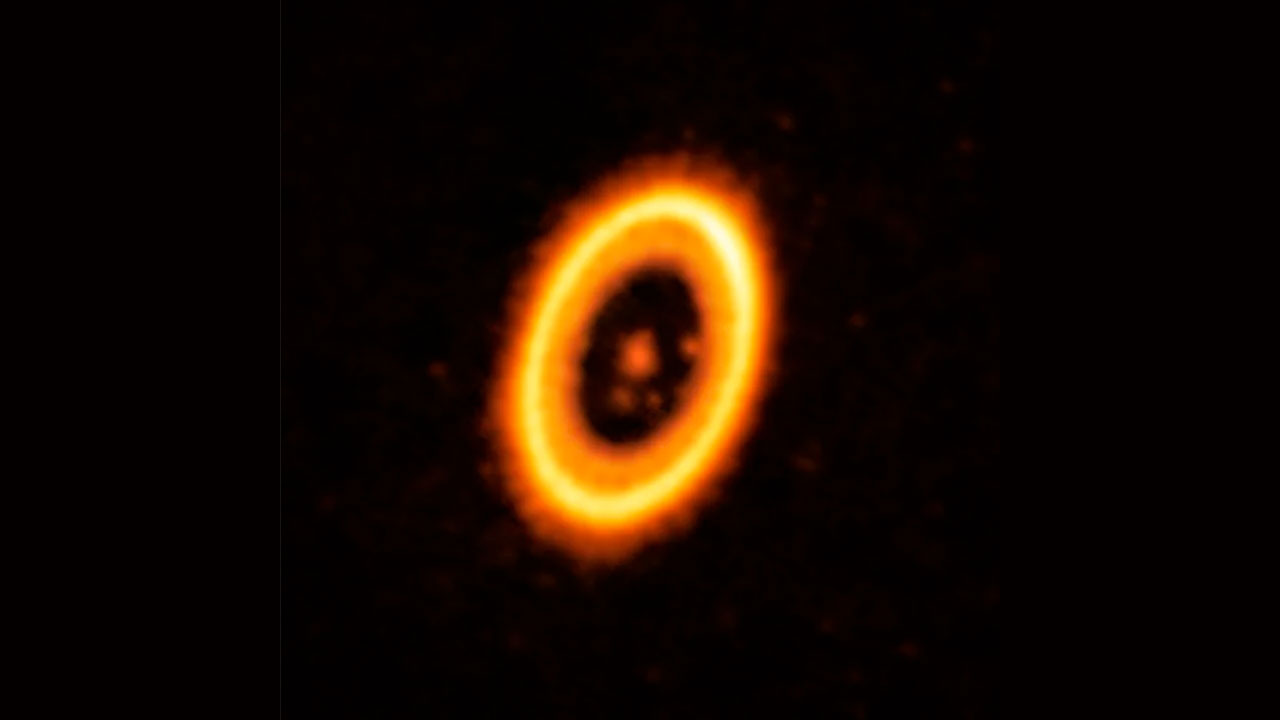The vast majority of exoplanets discovered lie within star systems that are very similar to our solar system. In these systems, there are planets orbiting one or more stars in the center in various orbits. But recent research has uncovered a very unusual discovery.
Scientists are on the verge of a new discovery in the history of astronomy
Astronomers used the Atacama Large Millimeter/submillimeter Array (ALMA) ground unit to probe the system around the star PDS 70, 400 light-years away. According to recent research, there may be two exoplanets sharing the same orbit around this star.

In previous observations, the researchers made two exoplanets, called PDS 70 b and c, orbiting this star. But during the observation of PDS 70 b, a cloud of debris was discovered pointing to a sister planet sharing the same orbit.
The fact that the debris cloud in the PDS 70 system has a significant mass has excited scientists. Researchers estimate that the mass of the cloud is about twice that of our Moon. Therefore, the dust cloud may be in the process of forming a second planet, or it is possible that there may already be a planet in the dust cloud.
There are many examples of small bodies sharing the orbit of a planet in our solar system, such as the Jupiter Trojan asteroids. There are even asteroids that share Earth’s orbit. But astronomers have never come across two planets that share the same orbit, including our solar system. If this is confirmed, it will be a first in the history of astronomy.
To find out more, the researchers plan to use ALMA again in 2026 to look at the system and observe how the planet and the dust cloud move in their orbits. So what do you think about two planets that are likely to share the same orbit? You can share your views with us in the comments section.